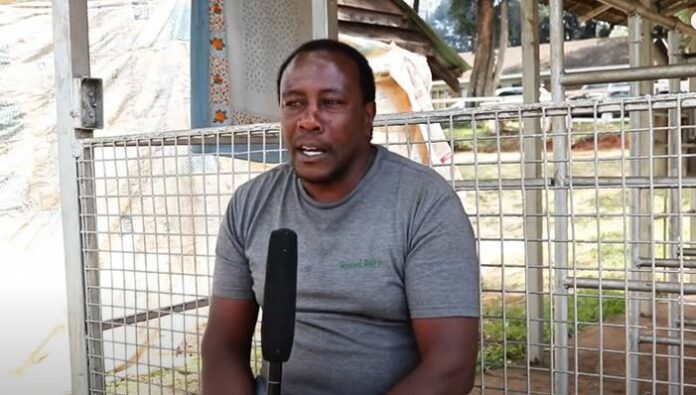Dairy farming is lucrative and many people have made crazy cash from this venture given the high demand for milk and milk products locally.
But have you ever thought of the dairy cow sale business? This is arguably another cash cow even though most of the farmers practicing it locally also deal with the supply of milk.
Richard Rich, a dairy expert who trains dairy farmers in Kenya has shared tips on how farmers can earn more from their dairy ventures.
He gave an example of a lady in Karatina who recently purchased a car with proceeds from dairy farming. Richard revealed that the lady in question has 3 cows producing 160 litres of milk daily.
He explained how she purchased a car with three cows noting that the secret was not in the milk profits but in the sale of heifers.
“For example you have three cows and each cow is producing 30 litres of milk and you have managed to rear your calves in a good method. When they get to 1.5 years they will be heifers whereby they will be served. How much do you think you can sell a served heifer?” he paused.
“Once a heifer is served, we are selling it at Sh350,000 each. So from the three heifers, she made Sh1.05 million , a good amount that she bought a car from,” he said.
Five ways to survive on a single salary if your spouse loses their job
Richard added that when rearing calves its crucial to first understand their diet requirements which aid digestion.
According to him, a calve should first be introduced to dry hay which helps in the early development of the Rumen.
The animals should also be given two litres of water, calf pellets, and plenty of milk for four months before being introduced to weaning.
He explains that one of the reasons why farmers fail in dairy farming is due to poor feeding of calves which leave them malnourished.
“Once you fail in the feeding of your calf you fail the whole story and once you perform in calf rearing you succeed the whole story,” he said.
He advises that before starting dairy farming, a farmer should first invest in feeds -growing own natural feeds such as Nappier grass, Boma Rhodes,and Lucern, among others to cut production cost.
In addition, they should acquire high-grade animals from credible sellers to ensure enhanced milk production.
The expert further emphasizes good handling of the cows two months before calving to prevent milk fever as well as multiply milk cells.
“The 60 days before milking, you stop milking and introduce your cow to something called Dry Cow Salt. You initiate in on the 3rd or 6th day. Also, you reduce the full ratio you have been giving your cow in terms of feeding (Forage, Minerals, and Proteins) by 75 percent for 10 days.
He notes that the farmer can resume the full ratio after the ten days.








